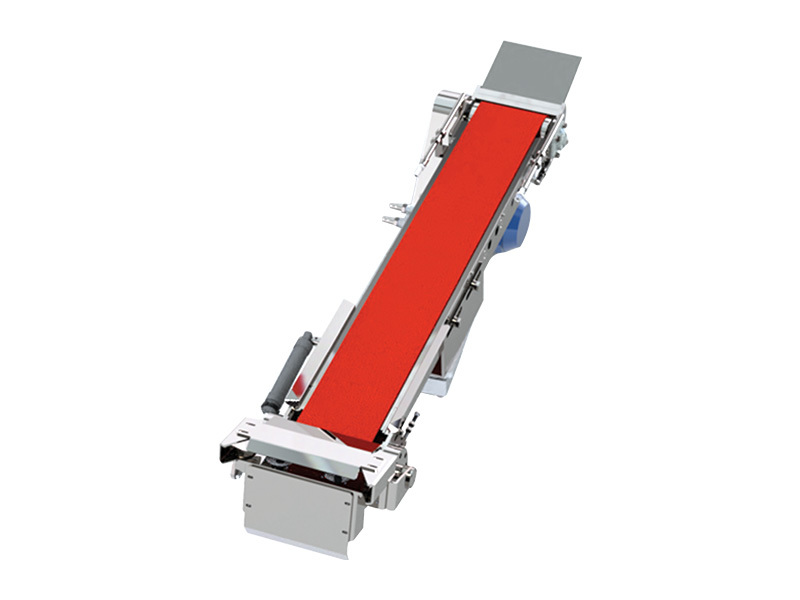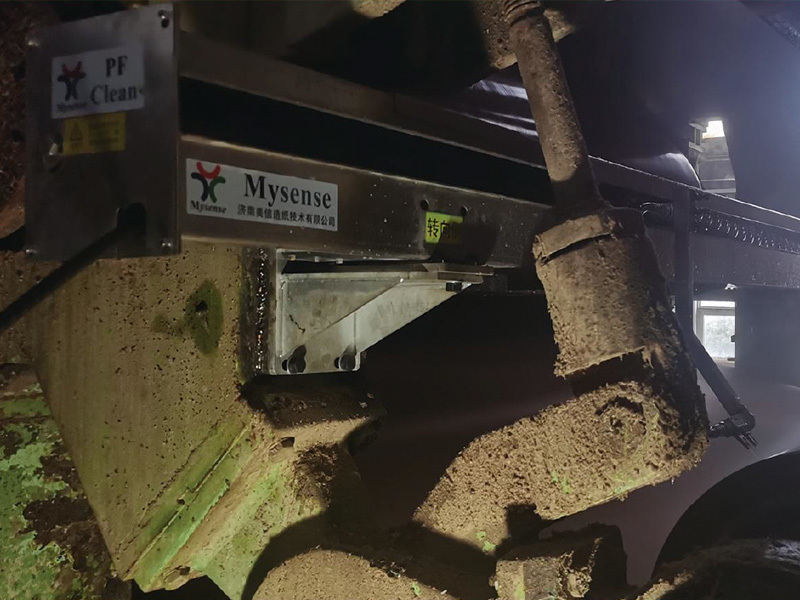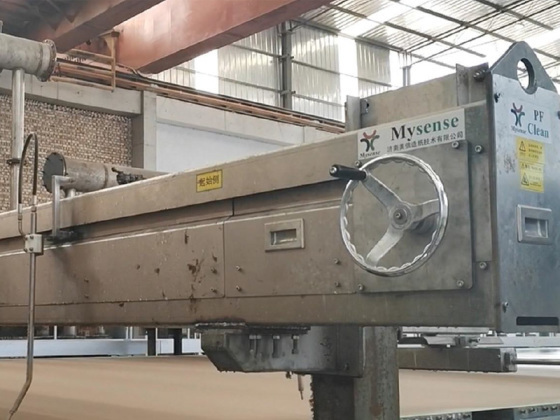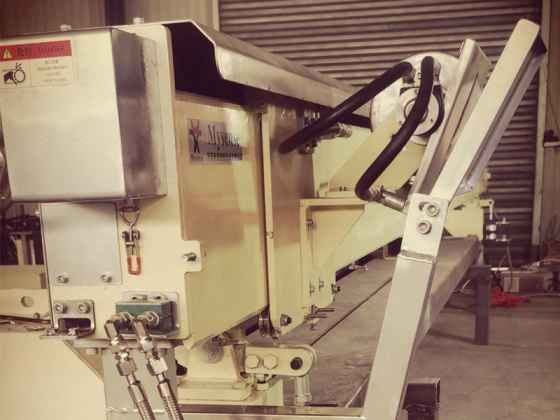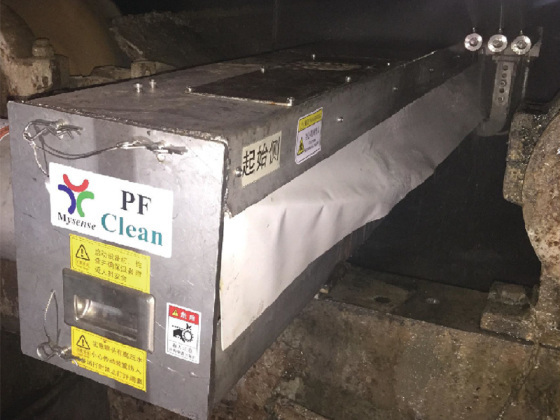Productivity at its Best: The Advantages of Ropeless Automatic Tail Threading Systems
Published on:
2025-07-31 11:00
Productivity at its Best: The Advantages of Ropeless Automatic Tail Threading Systems
Table of Contents
- 1. Introduction
- 2. Understanding Ropeless Automatic Tail Threading Technology
- 3. Key Benefits of Ropeless Automatic Tail Threading Systems
- 3.1 Increased Efficiency
- 3.2 Reduced Downtime
- 3.3 Enhanced Product Quality
- 3.4 Improved Operator Safety
- 4. Industry Applications of Ropeless Automatic Tail Threading Systems
- 5. Cost Analysis: Ropeless vs. Traditional Systems
- 6. The Future of Manufacturing with Ropeless Technology
- 7. Frequently Asked Questions
- 8. Conclusion
1. Introduction
In the ever-evolving landscape of manufacturing, **efficiency and productivity** stand as crucial pillars for success. As industries strive to innovate, the introduction of **ropeless automatic tail threading systems** has emerged as a game-changer. These systems eliminate traditional threading methods, offering significant advancements that enhance operational performance and reduce time wasted on manual processes. This article delves deep into the myriad advantages of ropeless automatic tail threading systems, providing insights into their functionalities, benefits, and future implications for the manufacturing sector.
2. Understanding Ropeless Automatic Tail Threading Technology
Ropeless automatic tail threading systems utilize advanced mechanical design and automation technology to facilitate the threading process without the use of traditional ropes. This innovative system is capable of threading various materials with precision and speed, reducing human intervention and the potential for errors.
The system consists of several key components that work in harmony, including **sensors, actuators, and control algorithms** that allow for seamless operation. As manufacturers implement these systems, they experience a notable shift in their production capabilities, enabling them to meet market demands efficiently.
3. Key Benefits of Ropeless Automatic Tail Threading Systems
3.1 Increased Efficiency
One of the most significant advantages of ropeless automatic tail threading systems is their ability to significantly boost **operational efficiency**. The elimination of manual threading processes reduces the time taken to perform threading tasks, which can often be a bottleneck in production lines.
With these systems, manufacturers can achieve faster cycle times and optimize their workflows. The automation allows for continuous operation, leading to higher output rates and meeting tight production schedules.
3.2 Reduced Downtime
**Downtime** can be a manufacturer’s worst nightmare, leading to lost revenue and decreased productivity. Ropeless automatic tail threading systems minimize downtime by reducing the frequency of threading failures and errors.
Since the system is automated, the likelihood of human error is greatly diminished. Furthermore, these systems can quickly adapt to different thread types and materials, making them versatile solutions that require minimal reconfiguration.
3.3 Enhanced Product Quality
Quality assurance is paramount in manufacturing, and ropeless automatic tail threading systems contribute significantly to maintaining high standards. The precision offered by these systems ensures that threading is consistent and accurate, reducing defects and improving the overall quality of the finished product.
By minimizing errors during the threading process, manufacturers can achieve tighter tolerances and superior finishes, which in turn can lead to increased customer satisfaction.
3.4 Improved Operator Safety
Another essential benefit of ropeless automatic tail threading systems is enhanced **operator safety**. Traditional threading methods often involve manual handling of materials and equipment, which poses risks of injuries.
Automating the threading process reduces the need for operators to be in close proximity to moving machinery, thereby lowering the risk of accidents. Moreover, these systems often include safety features such as emergency stop functions and protective covers that contribute to a safer workplace environment.
4. Industry Applications of Ropeless Automatic Tail Threading Systems
Ropeless automatic tail threading systems find applications across various industries, from textiles to automotive manufacturing. Their versatility allows them to adapt to different production needs, making them suitable for a wide range of materials and processes.
In the textile industry, for example, these systems enable the rapid threading of sewing machines, thereby streamlining the garment production process. In automotive manufacturing, they assist in the precise assembly of components, ensuring that quality standards are met consistently.
5. Cost Analysis: Ropeless vs. Traditional Systems
When evaluating the implementation of ropeless automatic tail threading systems, it's crucial to consider the **cost implications**. While the initial investment may be higher compared to traditional systems, the long-term benefits often outweigh the costs.
Factors to assess include:
- **Operational costs**: Reduced labor and downtime lead to significant savings.
- **Maintenance costs**: Automated systems typically require less frequent maintenance, translating to lower overall operating expenses.
- **Return on investment (ROI)**: The efficiency gains and improved product quality can result in higher sales and customer retention, enhancing profitability.
A thorough cost analysis will reveal that while ropeless systems may have a higher upfront cost, their overall economic impact can be favorable for manufacturers looking to optimize their operations.
6. The Future of Manufacturing with Ropeless Technology
As manufacturing continues to embrace digital transformation, the trend toward automation, including ropeless automatic tail threading systems, is set to expand. This technology will likely evolve, incorporating advancements in artificial intelligence and machine learning, leading to even greater efficiencies.
Future developments may include:
- **Integration with smart manufacturing**: Enhancing connectivity and data analytics to optimize threading processes.
- **Customization**: Tailoring systems to meet specific industry needs or unique product requirements.
- **Sustainability**: Designing systems that reduce material waste and energy consumption, aligning with global sustainability goals.
The trajectory of manufacturing points toward increased reliance on automated systems, making ropeless technology an essential component of future production strategies.
7. Frequently Asked Questions
What is a ropeless automatic tail threading system?
A ropeless automatic tail threading system is an automated solution designed to thread materials without the use of traditional ropes, enhancing efficiency and precision in manufacturing processes.
How does the ropeless system improve production efficiency?
By automating the threading process, ropeless systems significantly reduce the time required for threading, minimize human error, and allow for continuous operation, all of which contribute to increased production efficiency.
Are ropeless automatic tail threading systems cost-effective?
While the initial investment may be higher than traditional systems, the long-term savings in operational costs, reduced downtime, and improved product quality often make ropeless systems more cost-effective overall.
What industries benefit from ropeless automatic tail threading technology?
Industries such as textiles, automotive manufacturing, electronics, and packaging benefit from the versatility and efficiency of ropeless automatic tail threading systems.
What safety features are included in ropeless systems?
Ropeless automatic tail threading systems commonly include safety features like emergency stop functions, protective enclosures, and sensors to prevent accidents and enhance operator safety.
8. Conclusion
The advent of ropeless automatic tail threading systems marks a significant advancement in manufacturing technology. These systems offer numerous benefits, including increased efficiency, reduced downtime, enhanced product quality, and improved operator safety. As industries continue to seek innovative solutions to optimize their processes, ropeless technology stands out as a viable option for enhancing productivity and maintaining competitive advantages. Embracing this technology will undoubtedly shape the future of manufacturing, paving the way for more efficient and safe production environments.
Previous Article
Previous Article
Latest News



